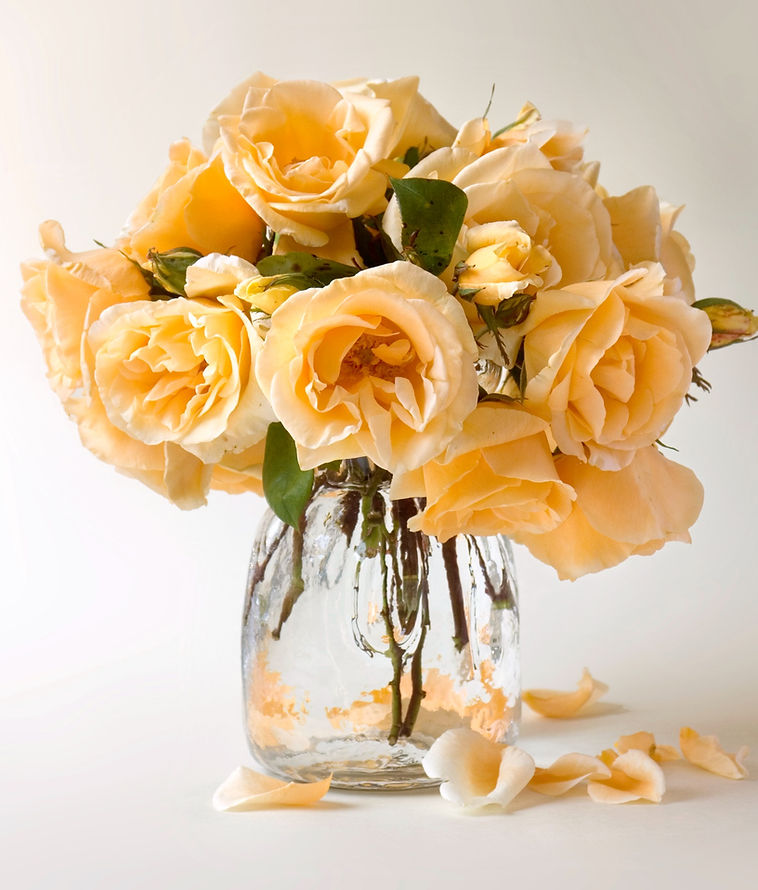PLEASE NOTE: ALL CONTENT ON THIS WEBSITE IS COPYRIGHT. PLEASE CONTACT US IF YOU WISH TO USE ANY OF OUR INFORMATION.
Perth Region of Heritage Roses in Australia
Tea Rose
'Lady Hillingdon'
contributed by Di Durston, Tea Bag, Mt Nasura WA
_edited.jpg)
My Favourite Nankeen Yellow Tea Rose is the beautiful Lady Hillingdon, bred by Lowe & Shawyer in the United Kingdom in 1910.
It was a grey afternoon and I look up from my computer to gaze out of the window of the study. There is a sun shower outside and I see Lady Hillingdon, the Tea Rose with its old gold blooms flowering behind the garden bench. I decide to dash out and cut a few blooms to bring them in the house. Charming Lady ‘H’ always brightens my day.
This rose was raised by Lowe and Shawyer of Uxbridge near Hillingdon, UK, in 1910 and by natural cunning in 1917 sent up a strong climbing shoot and thereafter has enjoyed an illustrious life. The rose was dedicated to the local lady of a manor house, Lady Alice Hillingdon of Hillingdon Court.
Lady Hillingdon has a blend of colours in both foliage and flowers that lifts her above the ordinary, making her one of the most distinguished Tea Rose survivors from Edwardian society. The wood is of deep maroon and the foliage is coppery-mahogany when young, turning to dark green with age. The colour of the rather shapeless blooms is a beautiful apricot yellow and the bloom has an endearing nodding head. Lady Hillingdon is much hardier than earlier bred Teas. Climbing Lady Hillingdon should be left to develop her own personality and pruned only when it is necessary to check her natural enthusiasm.
Writing in a Hortus edition, Graham Thomas described the fragrance of this rose as apricots in the morning and Tea in the afternoon and I agree with him.
The recorded parentage is ‘Papa Gontier’ X ‘Mme Hoste’, both of which are Tea Roses, but this is thought to be doubtful due to the fact that chromosome count indicates a cross with a Hybrid Tea.
The days of Tea Rose popularity are passing and it is understandable that other new rose varieties are taking their place in modern gardens, however there is an undoubted fascination of the beautiful Tea Rose. They are the most loved of all old rose varieties and we need to treasure them for the future.
